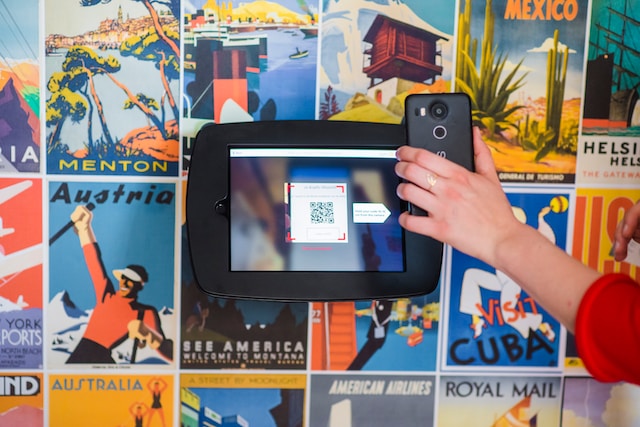Quick Response codes are an important technology that simplifies and enriches the consumer journey. Currently used almost everywhere, you’ll find QR code business card, QR code WiFi, QR code Facebook, QR code Instagram, QR code PDF, and more.
From customer feedback collection to virtual business cards, e-menus, and boarding passes, QR codes can perfectly boost your marketing efforts and customer experience.
However, similar to everything else, you should expect some pitfalls of this technology. You can be able to create a positive customer experience if you do your homework perfectly. This article allows you to know some expert-proven best practices. Also, it highlights a few pitfalls that you can avoid when using this technology.
Best Practices
If you’re planning to take advantage of this technology, you need to have some best practices at your fingertips. The most important ones are:
Should be the Right Size
You need to make sure that your Quick Response code has the right size. When designing and creating your QR code, keep in mind that it’ll be scanned using handheld devices. One by one inches is the perfect size for a Quick Response code. Large QR codes may not fit into a mobile phone’s scanner.
Dynamic QR Codes are Safer and Better
Many people are more concerned about their security. How can you convince them that your Quick Response code is safe for scan? With the right Quick Response code generator, you’ll have a professional QR code that attracts the attention of potential scanners.
Dynamic scanners should be your go-to option as they’re more secure and can easily convince people to scan them thanks to their advanced features, including personalisation. A QR code that has a brand image or logo speaks for itself.
A Clear Description/Purpose
Don’t display your QR code without a clear description or purpose. Let the users of your QR code know explicitly what they should expect once they scan the code.
To increase the chances that people will scan your Quick Response code, place a professional call to action next to it. If you manage their expectations well, you’ll increase their chances of taking action.
The Pitfalls
You’ll only manage to reach people with smartphones that have installed Quick Response Codes. Some people prefer not to have a smartphone or may not afford one.
It means these people may be excluded from the ability to use Quick Response codes. Some people fear scanning QR codes due to security concerns. It means these people will not be part of your campaign.
It’s clear that Quick Response codes have fewer pitfalls. Most consumers and potential customers have smartphones and security applications on their phones, meaning they’ll benefit from the QR code technology.

